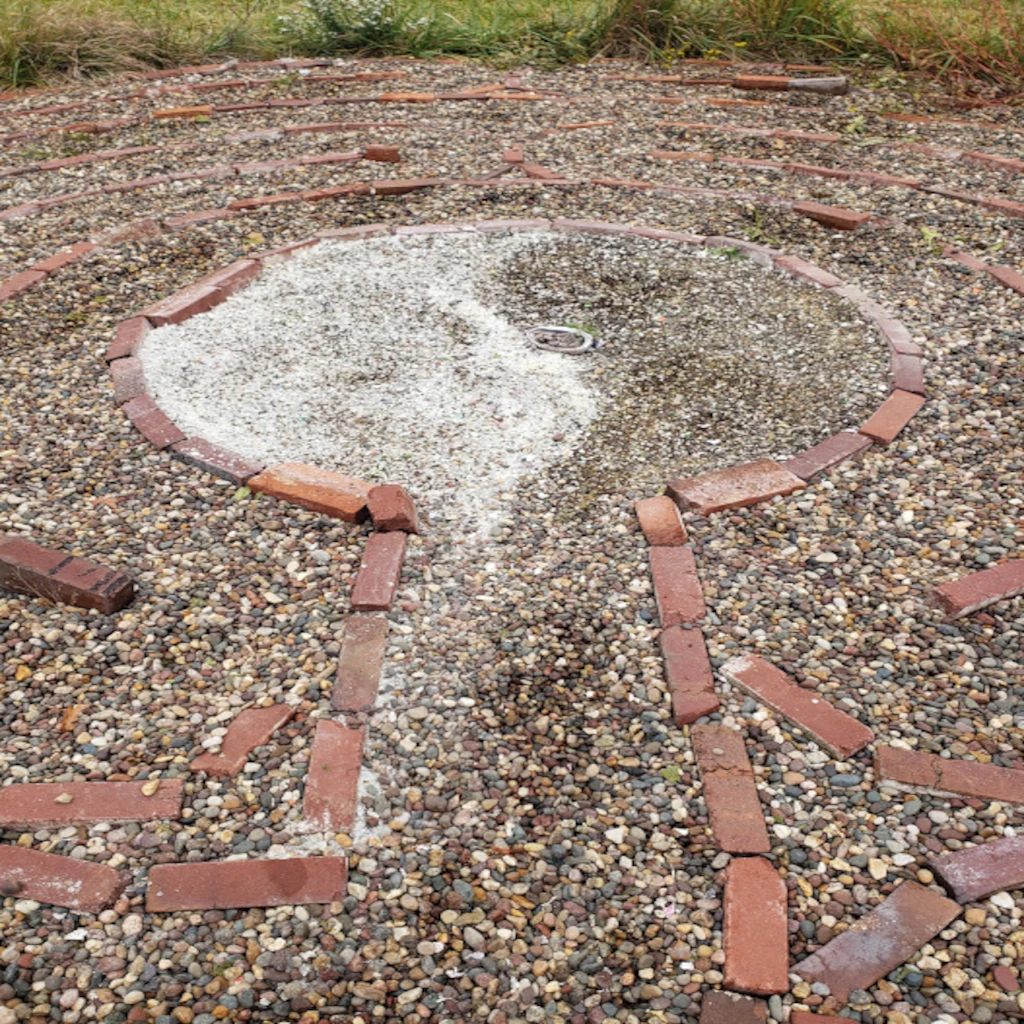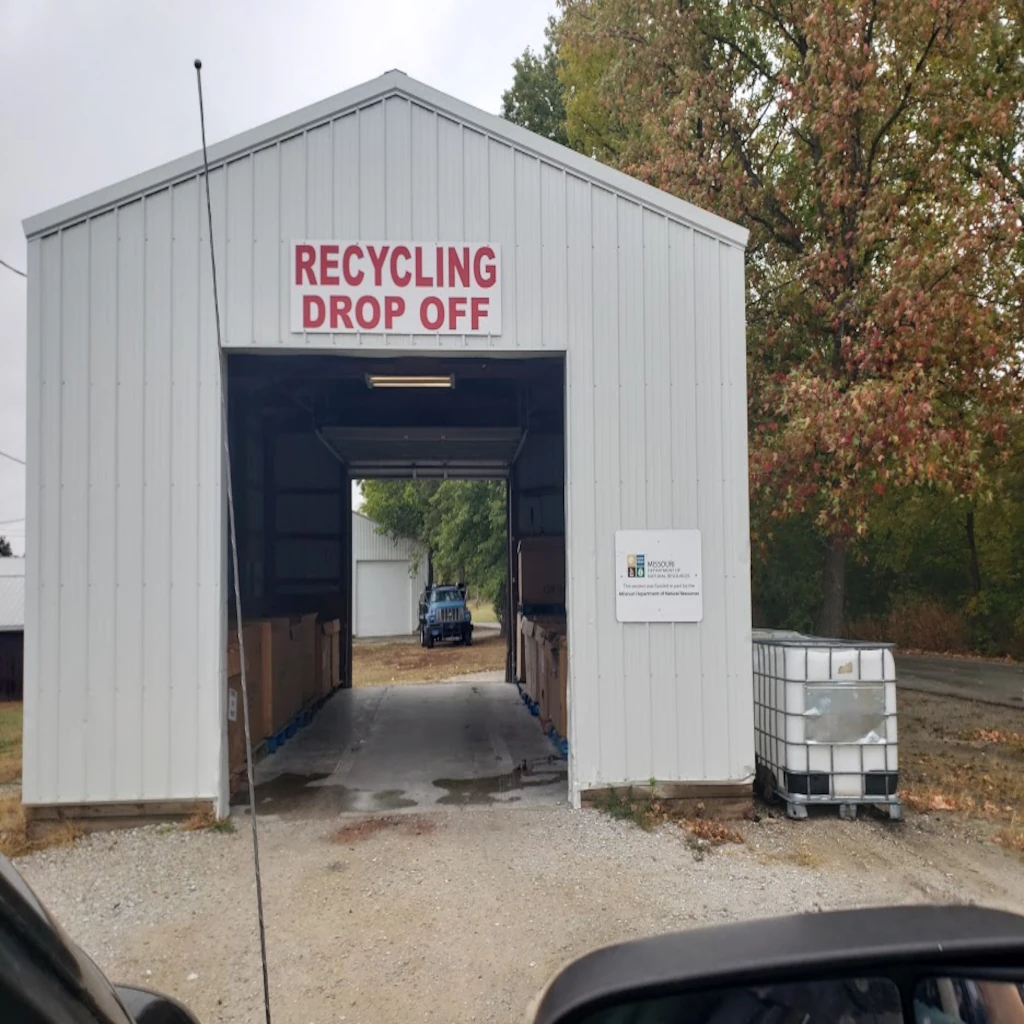The World in a Grain of Sand: A Dancing Rabbit Update
Published: Tue, 10/24/23

The World in a Grain of Sand:
A Dancing Rabbit Update
To see a World in a Grain of Sand
And a Heaven in a Wild Flower
Hold Infinity in the palm of your hand
And Eternity in an hour
– William Blake
Okay, but what about a grain of glass? Can you even say a “grain of glass”?
Sand sounds organic, safe, something you could plant a grain of, without worrying what would grow. Glass, on the other hand, is trashy and manufactured. It can be ground into bits, but it’s hard to think of any size of cullet (as I’ve learned it’s called) and not feel vaguely threatened.
Chemically, though, it’s all just silica.
“Umm…you kind of took us on a journey, there,” Alis said to me, around the fire after Land Day, on the edge of the Ultimate field. I’d told him what I was planning to write for this article, starting with William Blake, then through two different conceptions of a monad, all loosely wound around the spinning gears of practical information about recycling at Dancing Rabbit.
There’s a belt that runs around gears inside the glass crusher in the machine shed. The first time I went to use it, I forgot where the extension cord was, or where it needed to be plugged in. The second time, smoke started to come out of its insides, so I turned it off. The third time I opened up the walls and looked at what was going on.
Riding my bike to Sandhill, it seemed like I could recreate the color palette of the harvest heavy hills around me with different types of crushed glass. Clear white for the sky, then green for the horizon lines of trees, then syrupy brown fading into white again.
In the machine shed, I sifted out the larger fragments with an old spaghetti strainer. Once I got the crusher going again, I did three different runs, with the different shades, and used a twisted up envelope to funnel them in striations into clear tequila bottles. Maybe you could sell them.
For what, other than art pieces? To put in potted plants, either as a drainage layer, or as a substrate for hydroponic systems. How finely would it have to be sifted, before it would be safe to run through your hands, or walk on barefoot? Larger quantities could be sold to substitute for sand in concrete or cob.
Here’s my theory: it isn’t the size of the shards or grains of glass that make it dangerous, it’s the amount of time after it is crushed or broken. You could, in this view, dump a mix of glass sand and cullet into a garden, or a labyrinth, and within the natural tumblings of a few days or weeks all the sharp edges would be gone.
I’m supposed to be writing about things that have happened in the village, like Earth Day, or the last visitor group, or something about the change of seasons. I feel, though, like if I can just write enough about a grain of glass, you’ll be able to feel the pull of everything else. These words can exist in a relational field with what’s happening in the outside world. The sky looks recently broken, and sharp.
“Okay, so there’s two different conceptions of the monad,” I told Alis. “The first one is like a hologram, where every point holds information about every other point, a perfect map. The second is where the fundamental particle doesn’t contain the universe inside of it, but is connected to every other particle, because of a shared gravitational field.”
The belt kept coming off, I learned, because the wheel guiding it would slide toward the engine block, and then the alignment would be wonky and the belt would skip the tracks. Jed told me there was a hole for a little fixing screw to keep the wheel in place, and after shuffling through lots of little plastic drawers I found one of the right diameter, with a regular head partially caked with dried paint. It didn’t work. What did, eventually, was using a random object I found in one of those drawers as a spacer. Its effectiveness in the long term remains to be seen.
On Earth Day, I put two bucketfuls of different colored glass in the labyrinth. Hopefully the intent, the metaphor, will outlast the wind-born bits of litter. Writing is like crushing glass. You need to remove the labels first.
Before I got the crusher more or less working, I experimented by smashing it with just a metal pipe and cardboard, or a bit of chimney with a nest of wire stuck in the end as a makeshift sieve. Just to get a sense, a baseline, for the materials I was working with. Sometimes the solution isn’t always something newer, larger, and more powerful. Part of me thinks that consumption and destruction should take up equal amounts of time. Smashing a bottle by hand doesn’t take any longer than drinking its contents. Certainly not longer than the geologic crushing of ages’ worth of biomass into the fossil fuels sunk into its firing and production.
When I carried the buckets of repurposed silicate to the center of the labyrinth, I didn’t cheat and go through the walls. Taking your time, knowing each step, walking other than the shortest path, can be the goal, the point, in itself.
By walking, or writing, you’re crushing bits of glass into grains of sand.
 |
Chad Hines is a writer by trade and we enjoy his flights of fancy in these newsletters. His pencil drawings at Maker’s Morning gatherings are very entertaining to watch. |
Dancing Rabbit Ecovillage, 1 Dancing Rabbit Lane, Rutledge, MO 63563, USA
Unsubscribe | Change Subscriber Options




